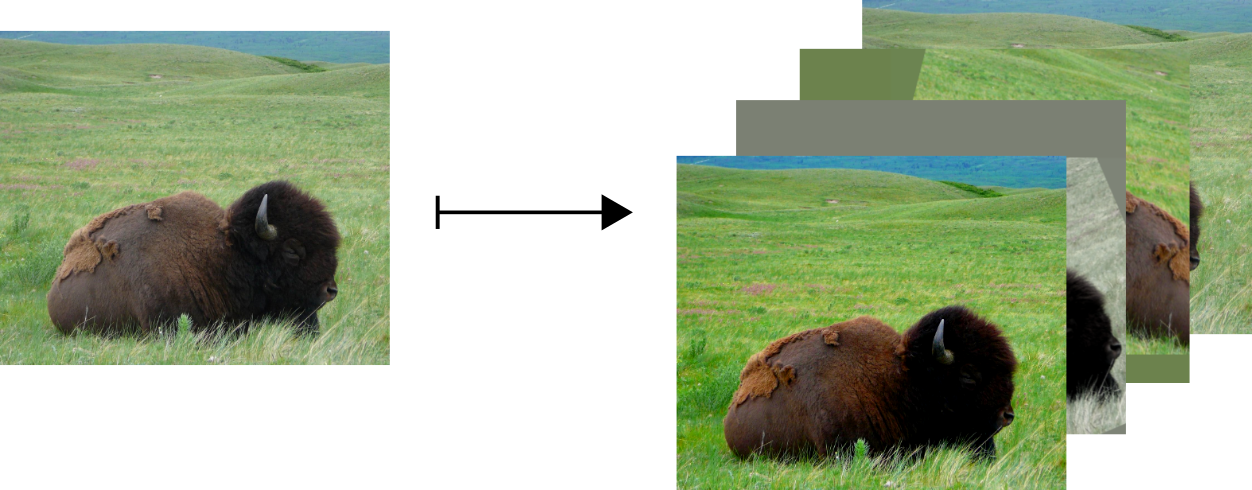Image augmentation
This tutorial explains the basic functionality of SequentialProcessors for data augmentation in a classification task.
You can find the complete script of this tutorial here
import os
from paz.abstract import SequentialProcessor
from paz.backend.image import show_image, load_image
import paz.processors as pr
from tensorflow.keras.preprocessing.image import ImageDataGenerator
from tensorflow.keras.utils import get_file
Let's download a test image and put it inside our PAZ directory
IMAGE_URL = ('https://github.com/oarriaga/altamira-data/releases/download'
'/v0.9/image_augmentation.png')
image_filename = os.path.basename(IMAGE_URL)
image_fullpath = get_file(image_filename, IMAGE_URL, cache_subdir='paz/data')
We construct a data augmentation pipeline using the built-in PAZ processors:
augment = SequentialProcessor()
augment.add(pr.RandomContrast())
augment.add(pr.RandomBrightness())
augment.add(pr.RandomSaturation())
We can now apply our pipeline as a normal function:
for _ in range(5):
image = load_image(image_fullpath)
# use it as a normal function
image = augment(image)
show_image(image)
We can add to our sequential pipeline other function anywhere i.e. arg 0:
augment.insert(0, pr.LoadImage())
for _ in range(5):
# now we don't load the image every time.
image = augment(image_fullpath)
show_image(image)
Adding new processor at the end to have a single function.
augment.add(pr.ShowImage())
for _ in range(5):
# everything compressed into a single function
image = augment(image_fullpath)
We can also pop the last processor added.
augment.pop()
We now create another processor for geometric augmentation.
NOTE: We can instantiate a new SequentialProcessor using a list of processors
transform = SequentialProcessor([pr.RandomRotation(), pr.RandomTranslation()])
You should start getting now transformations similar to these ones:

We can call both of our processors separately:
for _ in range(5):
image = transform(augment(image_fullpath))
show_image(image)
But since processors are just functions we can simply add it as a processor:
augment.add(transform)
for _ in range(5):
image = augment(image_fullpath)
show_image(image)
We can also use the Keras ImageDataGenerator:
generator = ImageDataGenerator(
rotation_range=30,
width_shift_range=0.1,
height_shift_range=0.1,
zoom_range=0.1,
horizontal_flip=True)
We can add it by using our processor/wrapper ImageDataProcessor:
augment = SequentialProcessor()
augment.add(pr.LoadImage())
augment.add(pr.ImageDataProcessor(generator))
augment.add(pr.ShowImage())
for _ in range(5):
image = augment(image_fullpath)